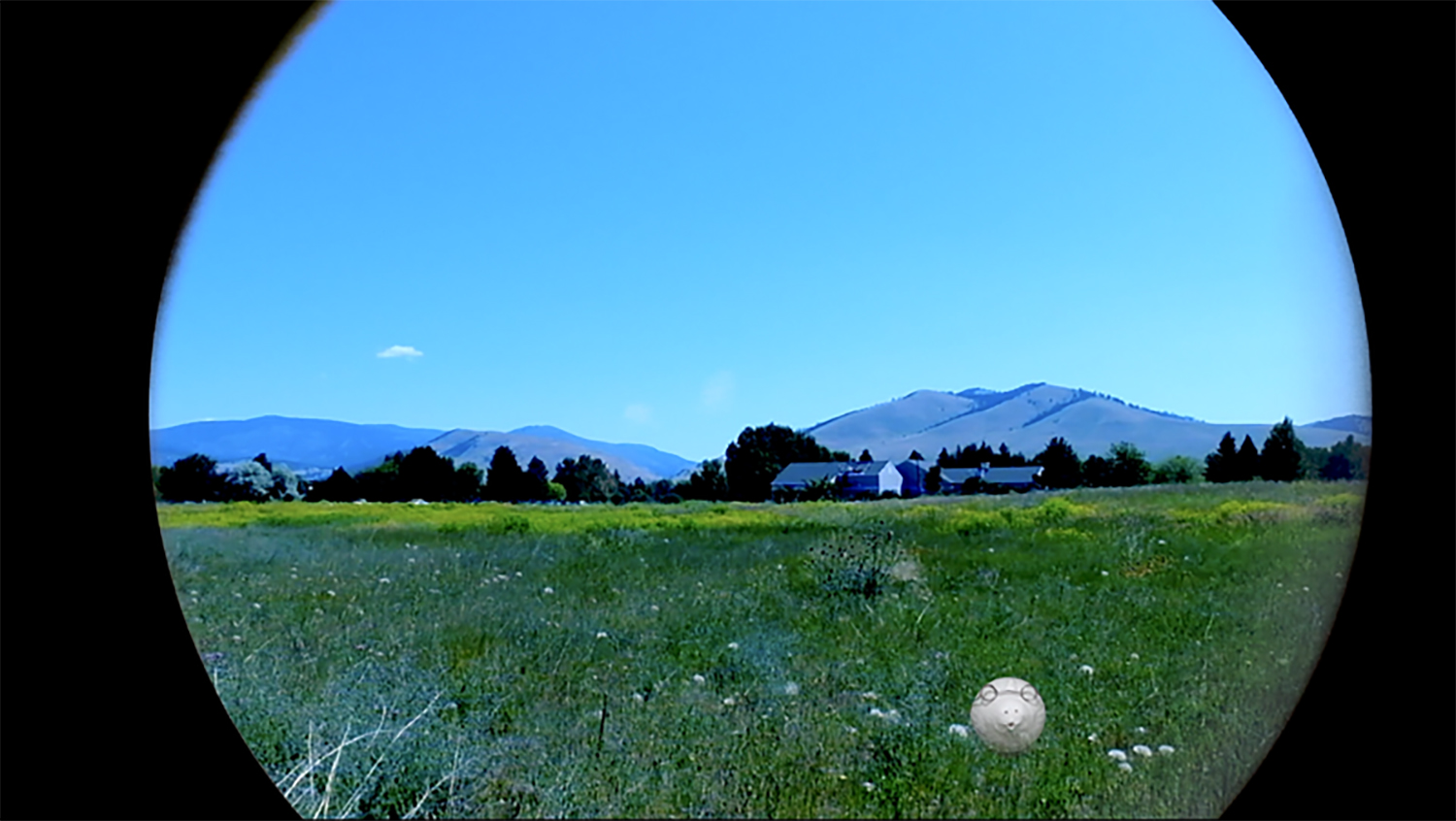After Executive Order 9066 was issued in 1942, the United States government incarcerated roughly 120,000 Japanese Americans in concentration camps through the end of World War II. Machiko Harada’s Re/imagine Peace project explored the practices of Japanese and Japanese-American artists who grapple with the painful legacy and relevance of internment today.
The New Mexico-based Japanese curator’s interest in the afterlife of internment in art germinated when she moved to Santa Fe, one of many Southwestern sites of former camps, coming to fruition in her essays and moving online exhibition.
During a conversation with Hyperallergic Editor-in-Chief Hrag Vartanian, Harada speaks to the intergenerational dimension of the work of several Japanese diasporic artists. She elaborates on the familial stories of artists including Carrie Yamaoka, Aisuke Kondo, and TT Takemoto related to internment, punctuating her essays with striking imagery whose historic and personal roots run deep. The original live conversation is unavailable due to technical issues, so we invite you to view a re-recorded conversation.





